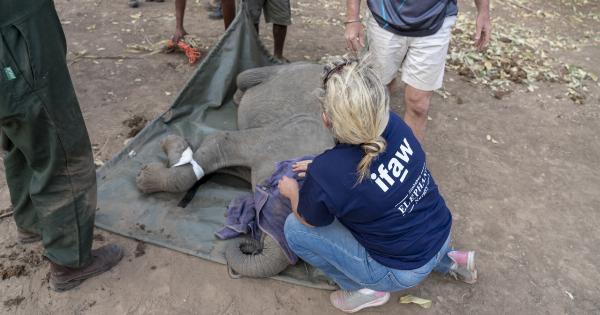The operation of prevention centers has become a crucial aspect in ensuring the safety and wellbeing of individuals and communities.
Prevention centers, such as DIMAR (Disaster Mitigation and Response), play a significant role in anticipating, preventing, and managing various emergencies and disasters. This article will delve into DIMAR’s queries into the operation of prevention centers, exploring their objectives, strategies, challenges, and impact on the overall preparedness and resilience of societies.
Objectives of Prevention Centers
Prevention centers, like DIMAR, have a range of objectives aimed at protecting and safeguarding communities. These objectives include:.
- Anticipating potential risks and hazards: Prevention centers conduct extensive research and analysis to identify various risks and hazards that can affect a specific area or community.
- Developing emergency response plans: Prevention centers create comprehensive emergency response plans that outline the necessary actions to be taken in different scenarios.
- Educating and raising awareness: Prevention centers play a crucial role in educating individuals and communities about potential risks and hazards, as well as providing guidance on preparedness measures.
- Coordinating response efforts: Prevention centers collaborate with various stakeholders, including government agencies, non-profit organizations, and local communities, to ensure a coordinated and effective response to emergencies.
Strategies Employed by Prevention Centers
Prevention centers employ various strategies to fulfill their objectives and ensure the efficient operation of their systems. These strategies include:.
- Risk assessment and management: Prevention centers conduct regular risk assessments to identify potential vulnerabilities and develop strategies to mitigate them.
- Early warning systems: Prevention centers establish early warning systems to provide timely alerts to communities and authorities about potential disasters or emergencies.
- Training and capacity building: Prevention centers organize training programs to enhance the skills and knowledge of emergency responders and community members in disaster preparedness and response.
- Public awareness campaigns: Prevention centers engage in public awareness campaigns to educate individuals about the importance of preparedness measures and the necessary actions to be taken during emergencies.
Challenges Faced by Prevention Centers
Despite their essential role, prevention centers face numerous challenges that can hinder their operations and effectiveness. Some of the key challenges include:.
- Limited resources: Prevention centers often struggle with limited funding and resources, which can restrict their ability to implement comprehensive prevention and response strategies.
- Political and bureaucratic barriers: In some cases, prevention centers may face political or bureaucratic barriers that hinder their decision-making processes and delay the implementation of necessary measures.
- Changing dynamics of risks: Prevention centers must constantly adapt to the changing dynamics of risks and hazards, including the emergence of new threats such as cyberattacks and climate change.
- Community engagement: Engaging and mobilizing communities to actively participate in prevention and response efforts can be challenging, as individuals may have different levels of awareness and willingness to cooperate.
Impact of Prevention Centers on Society
The operation of prevention centers, like DIMAR, has a profound impact on the overall preparedness and resilience of societies. Some of the key impacts include:.




























